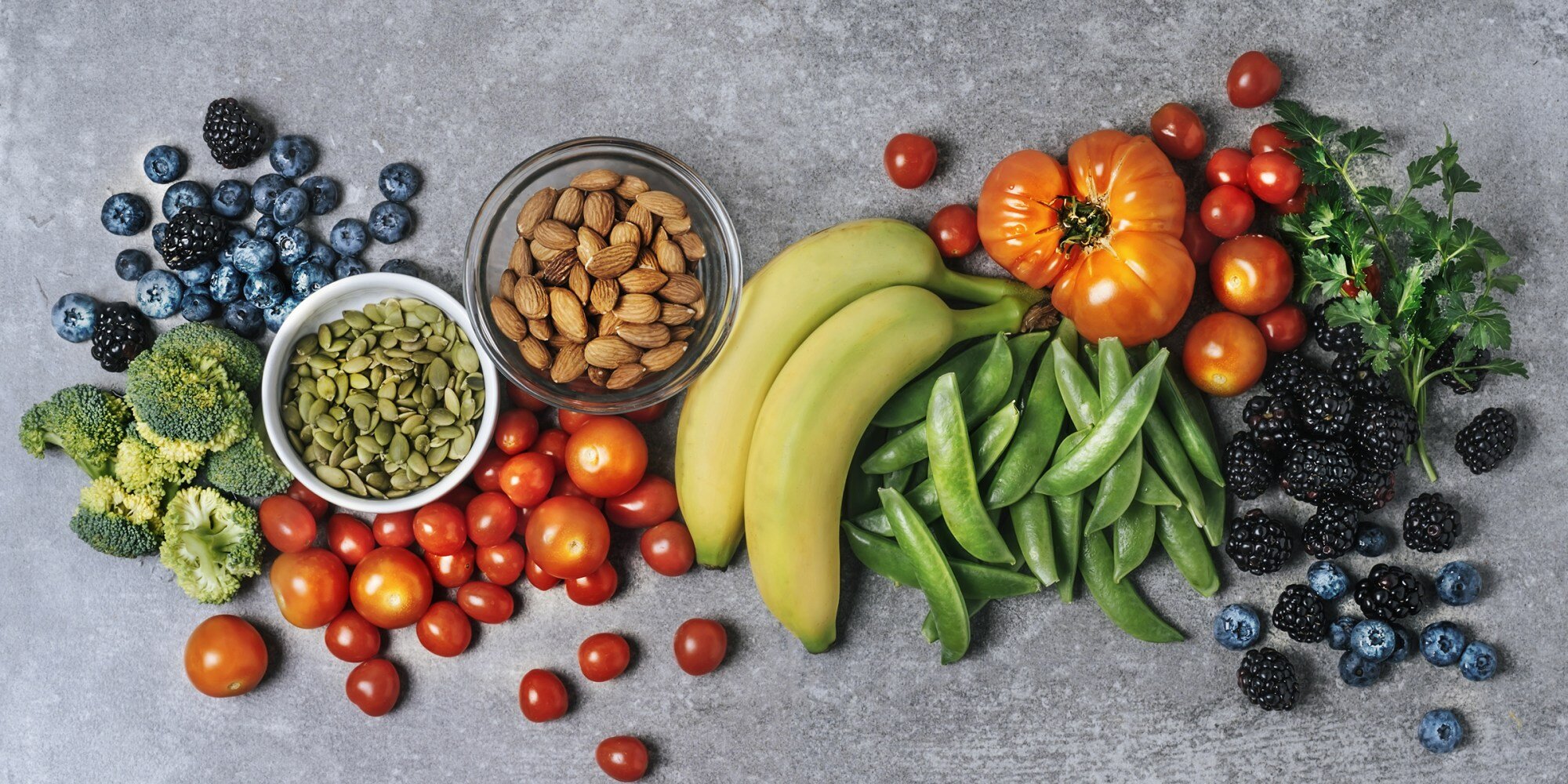
Autoimmune diet
History:
Autoimmune diseases can lead to high medical costs and reduced quality of life. More than 80 diseases occur as a result of the immune system attacking the body’s organs, tissues, and cells (1). According to the National Institutes of Health, up to 23.5 million Americans (more than seven percent of the population) suffer from an autoimmune disease, and the prevalence is rising (2). While each disease is unique, many share hallmark symptoms, such as fatigue, dizziness, and low-grade fever. This diet is derived from the paleo diet but is more restrictive, targeted specifically at autoimmune diseases (3).
Purpose:
The autoimmune diet aims to reduce inflammation in the body and alleviate other symptoms of autoimmune disorders (4). The AIP is an elimination diet involving not eating certain foods for several weeks at a time and then slowly rei1ntroducing eliminated foods back into the diet taking careful note of a reaction so you know what to exclude in the long term. Avoiding gut-irritating foods and eating nutrient-rich ones will help heal your gastrointestinal tract and in turn, reduce overall systemic inflammation. This diet aims to bring the gut microbiota back into balance.
General dietary practices:
This is an elimination and reintroduction protocol (3-4). The elimination diet has to be followed for at least 30 days, but can be done over 90 days (5). Beginning the elimination phase can be done all at once or by removing one category of food at a time for a week (dairy the first week, nightshades the second week, grains the third week, etc.). When positive change is observed slow reintroduction of a food group is recommended. It is important to only introduce one food at a time to observe any potential reactions. Before moving on to the next food group allow three days in between to notice symptoms as they may take a while to manifest. If you have not had any autoimmune symptoms after a full three days, it is assumed that the food is safe. This diet focuses on foods rich in vitamins and nutrients: lean proteins, vegetables (no nightshades), fresh fruits, olive oil, coconut (oil, milk, flour), fermented foods, vinegar, gelatin, arrowroot starch, and herbs. On the other hand, nightshade vegetables, grains, legumes, beans, nuts, seeds, dairy, coffee, alcohol, vegetable oils, egg, gums, dried fruit, chocolate tapioca, added sugar, or other additives that can trigger autoimmune response are avoided.
Key concerns:
Key concerns of this diet are the nutritional deficiencies that may occur when cutting out legumes, grains, and dairy. There is not enough evidence to confirm the results of this diet.
Further Resources:
Websites:
**The information presented provides an overview of the diet along with credible resources to refer to in order to learn more. This is not intended to make any dietary recommendations, rather an education tool for our clients.**
Reference:
Autoimmune Diseases. Niaid.nih.gov. https://www.niaid.nih.gov/diseases-conditions/autoimmune-diseases. Published 2017. Accessed July 26, 2020.
National Institutes of Health THE AUTOIMMUNE DISEASES COORDINATING COMMITTEE. Progress In Autoimmune Diseases Research.; 2005. https://www.niaid.nih.gov/sites/default/files/adccfinal.pdf. Accessed July 26, 2020.
Butler N. AIP Diet: What Is the Autoimmune Protocol Diet?. Healthline. https://www.healthline.com/health/aip-diet. Published 2019. Accessed July 26, 2020.
Hatanaka M. AIP diet: What is it and what can you eat?. Medicalnewstoday.com. https://www.medicalnewstoday.com/articles/320195#foods-to-eat. Published 2020. Accessed July 26, 2020.
The Autoimmune Paleo Diet. Mind. https://mindd.org/diet/autoimmune-paleo-diet/. Published 2020. Accessed July 27, 2020.
